You can also be interested in these:
- Top 6 best mining pools for Ergo coin
- NFTs and the future of authentication: Notes on a revolution
- Which VPN is the best for android phones in 2022?
- What to look out in a cheap high-quality camera
We have compiled a list of the best mining pools for Ethereum, with the commissions they will charge us and the payment mechanism. We also leave you some tips for profitability and why you can choose the option that interests you the most.

What is an Ethereum mining pool?
It is a group of miners who combine the computing powers of their systems. The goal of an Ethereum mining pool is to make block generation “easier”. All members receive a portion of the reward based on the power they contribute.
Many users join a pool because mining a block on our own is very difficult. A huge computing power would be required and by means of the pools, the task is simplified a lot. Obtaining a reward mining on our own is almost impossible. That’s why users come together, to join forces and thus earn rewards. Those who win gets determined by a betting-like system on which the first group that comes with a response, wins. That is why it is so important to benefit from the power juice of all the computers on the block, it is not a matter of how much you are mining, but instead how often are you winning bets.
Ethereum mining pools are accessible to anyone. We simply need to create an account and start the mining process. However, this get a little more tricky in the way the commissions are calculated. All these pool systems require some type of maintenance. Yeah, you guested: the cost of this is split among the members of the pool. We will see a little about commissions later.
How to know my profitability when mining Ethereum?
Getting a reward depends on several factors. The main factor that influences the gain is the power we provide. But there are other factors that go into calculating profitability when using an Ethereum mining pool.
Network power
The first factor influencing profit is the computing power of the network. Of course, the higher the hashrate, the greater the difficulty and the less we will win.
Ethereum pool power
The higher the power of the Ethereum mining pool, the more difficult it will be to earn rewards. If the power is very high, this means that there are many miners. So the rewards for blocks are divided among many people, which means the profitability won’t be so good.
Our power
Obtaining income depends to a greater extent on the power we contribute. We must bear in mind that the more power we provide, the more we will obtain. If we contribute 1% of the pool’s power, we will obtain 1% of the profits.
Energy consumption
To get the rewards we need Ethereum mining rigs. Of course, these consume significant amounts of energy. This factor must be taken into account to know the profitability of our system.
Dividing costs and earnings
The hardware used for this is quite expensive. Of course, we want to cover the cost the hardware and make a profit. We must know how much money we want to allocate to pay for costs and after that, how much would be our profit. Of course, if you manage to cover the expenses of your mining rig, everything you will see after that would be profit.
Pool commissions
All Ethereum mining pools usually charge a small commission from our ether. Typically the range is between 1% and 3%. This usually depends on the quality of the pool and its size.
How payments are distributed?
Withdrawing the rewards that we have obtained for the mining process is simple. Ethereum mining pools usually establish a minimum withdrawal and certain mechanisms. These withdrawal mechanisms are the following:
PPS (Pay-Per-Share)
This value is calculated by dividing the mining power that we contribute by the global power of the network. This gives the pool an estimate of the power share with respect to the overall network.
Subsequently, the daily reward that can be obtained is estimated. This is done by a fairly simple mathematical calculation. This will determine the flat earning rate.
Transactional fees and block fees are the enemies on this type of payment model. If it is true it generates more stable income, it is also true that pool commissions are usually much higher. Then, what is the benefit of the Pay-per-share model? This is a mechanism that seeks to mitigate the risk, whether a block is found or not, and paying miners a fixed amount.
PPLNS (Pay-Per-Last N Shares)
Miners are paid for actions performed during a predefined window that ends with the generation of a block.
It differs from other payment schemes in a remarkable way. Actions performed outside the window will not be rewarded at all. This window is defined whether for a period of time, which is unusual, or for the performance of a certain number “N” of actions carried out until the resolution of a block.
The PPLN mechanism is also called “pay-by-luck shares.”
For the payment to the miner the pool is required to find a block. Miners can get higher rewards than PPS if they performed a lot of actions within the previous time frame. They may also not be rewarded if they didn’t take any action.
Transaction fees and block rewards are distributed among the miners in the pool.
PPS+
This mechanism is a mix between the PPS and PLNS mechanisms. This mechanism distributes the block reward among the miners, but not the transaction fees. So PPS+ assigns bonuses to miners and distributes block rewards.
What is the best Ethereum mining pool?
Now, we will disclose the top 8 best pools for Ethereum mining. We have compiled the best pools that currently exist and have better conditions. Unfortunately a few months ago Sparkpool, one of the most important pools from China, decided to close, so its power has been diluted in the rest of the pools.
1 – Ethermine
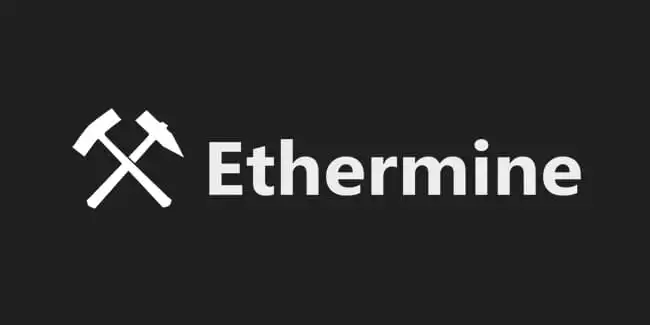
Currently, it is the pool with the highest joint hash power among all mining nodes. It is one of the most popular today and has a large number of servers. It has a PPLNS-type payment distribution system. A minimum of 0.1 ether is required to make the withdrawal and they charge us a 1% commission.
2 – F2Pool

It is one of the most important Ethereum mining pools and it has been operating since April 2013. Currently, it is the second most important Ethereum mining pool and has more than 200 TH/s of accumulated power among all mining nodes. F2Pool offers two payment distribution systems, being able to opt for PPS with a 3% withdrawal commission and PPS + with a 2% withdrawal commission. A minimum of 0.1 ether is required to be able to make the withdrawal.
3 – Hiveon Pool
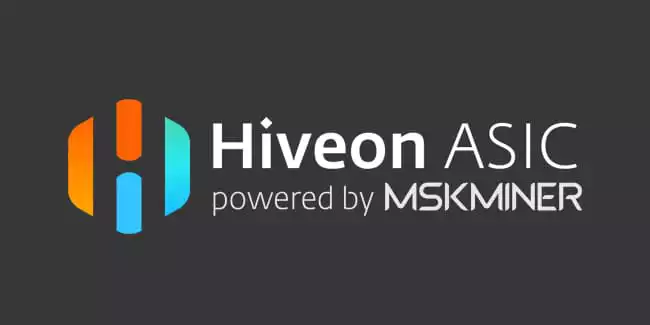
Platform that offers an efficient and effective way of mining. It offers a very simple configuration system and allows monitoring of all mining activity. Currently, it is the third largest Ethereum mining pool today. Hiveon Pool offers a PPS+ type payment distribution system and does not charge commissions. A minimum of 0.1 ether is required to be able to make the withdrawal.
4 – Poolin
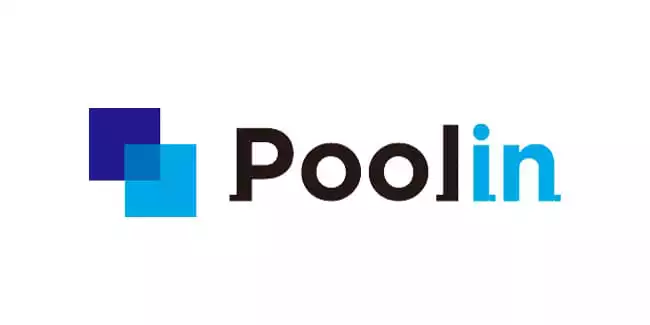
It is one of the pools with the greatest projection in recent times. One of the benefits is that it allows you to estimate the daily profitability according to the power we provide. It also reports how often the blocks are generated, the difficulty of the network and the reward per block in Ethereum and other cryptocurrencies. It has a PPS+ type payment distribution system and charges a 1% commission. A minimum of 0.2 ether is required to make the withdrawal.
5 – 2Miners
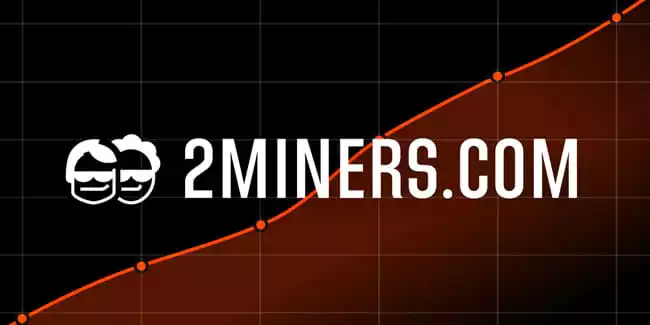
A rather curious pool that allows us to cash-out in Bitcoin and NANO. The usual thing is to receive the reward in Ethereum but this pool gives us the option to collect it in another currency. It indicates the epoch and the size of the DAG in Ethereum. It has a PPLNS-type payment distribution system and charges a 1% commission. To make the withdrawal, a minimum of 0.0005 Ether is required.
6 – Nanopool
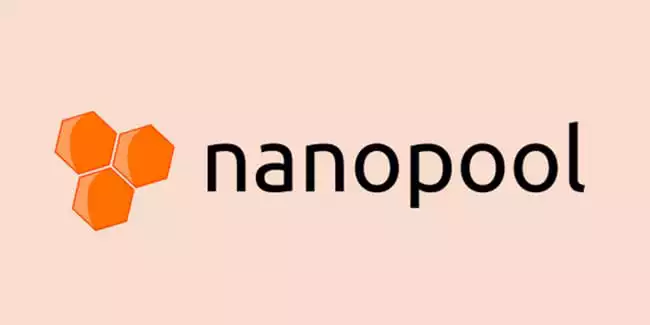
It is another of the available options and has been active for years. Nanopool offers us very interesting data, such as the blocks mined by the pool in the last 24 hours. It gives you info about the miners on the block and has a counter for the next Ethereum epoch. It has a PPLNS-type payment distribution system and charges a 1% commission. To make the withdrawal, a minimum of 0.05 ether is required.
7 – Mining Pool Hub

One of the preferred options by many users due to the simplicity of the interface. In addition, it offers a huge list of supported currencies, although this pool was started with Ethereum. It has a PPLNS-type payment distribution system and charges a 0.9% commission. To make the withdrawal, a minimum of 0.01 ether is required.
8 – Binance Pool
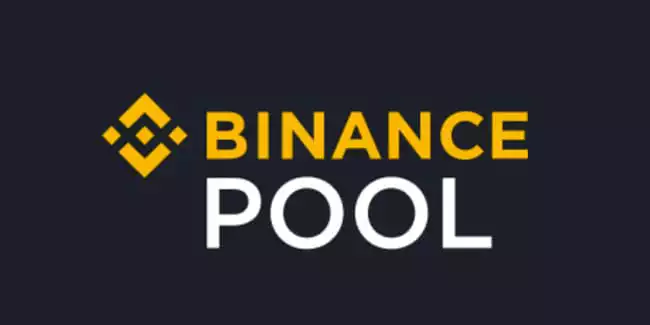
Binance started as one of the most prominent exchange systems and now it offers the possibility of mining through its own pool. Binance provides the possibility to mine a few cryptocurrencies, but among them Ethereum is one of the most popular. An interesting option is to be able to calculate the profitability according to the power we carry. Binance offers a PPS+ type payment distribution system and they charge a commission of 0.5%. To make the withdrawal there is no minimum amount of Ether.
How to choose the best Ethereum mining pool?
There are several aspects beyond the payment distribution system and commissions. The ideal is to opt for the pools with the highest power. The reason is that these have a greater probability of obtaining blocks and thus we will obtain more benefits. You should also bear in mind that these pools tend to have many users, so there will always be more people to share with.
If you want to find out for yourself the Miningpoolstats website is the most reliable way to find a good Ethereum mining pool according to its mining power.
Final words on the mining pool for Ethereum
Choosing a mining pool for Ethereum depends on many factors. We must take into account the power of the pool with respect to the global power of the network. We must also explore the different reward mechanisms for our work. Another factor to take into account is the commissions that the mining pool charges for withdrawing our hard-earned Ether, and the minimum that we can withdraw.
We have to highlight that among the top options are Ethermine, F2Pool and Mining Pool Hub. Each one with different options, as well as different payment methods and commissions. This gives you a very good idea which one to choose according to the mining power that we inject and the amount of Ether that we get daily.
More stories like this
- Top 6 best mining pools for Ergo coin
- NFTs and the future of authentication: Notes on a revolution
- Which VPN is the best for android phones in 2022?
- What to look out in a cheap high-quality camera
- Cloud Mining: Mine Bitcoin with a lower investment
- The end of mining with the arrival of Ethereum 2.0